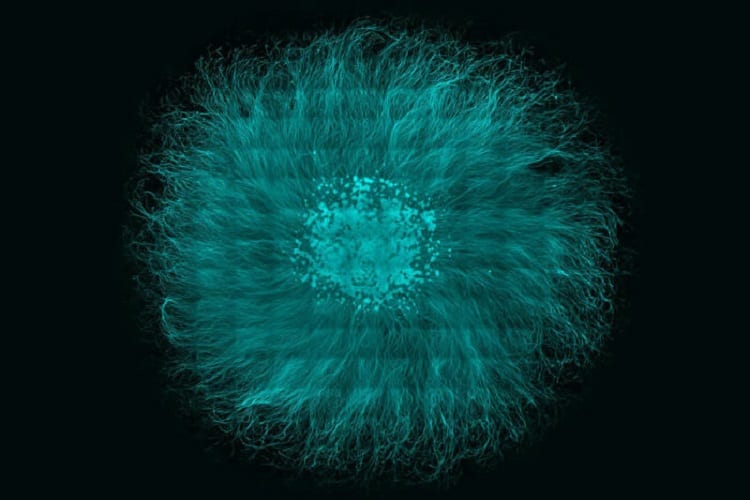Injured neurons temporarily revert to immature state
From the WashU School of Medicine News…
Neurons in the brain and spinal cord don’t grow back after injury, unlike those in the rest of the body. Cut your finger, and you’ll probably be back to using it in days or weeks; slice through your spinal cord, and you likely will never walk again.
Now, working in mice, researchers at Washington University School of Medicine in St. Louis have identified some of the key steps taken by peripheral nerves – those in the arms and legs – as they regenerate. The findings, published the week of Dec. 10 in Proceedings of the National Academy of Sciences, lay out a path that neurons of the spinal cord might be able to follow – potentially leading to improved recovery for people paralyzed by spinal cord injuries.
“We’ve figured out some of the events that are required for injured peripheral nerves to repair themselves, and we can see that these things fail to happen in the central nervous system,” said Valeria Cavalli, PhD, an associate professor of neuroscience. “So now we’re trying to see if turning on these networks can help spinal cord neurons regenerate.”
About 11,000 people in the United States survive a spinal cord injury every year. Such injuries most often are caused by car and motorcycle accidents, falls, contact sports and diving, or gunshots. Paramedics can reduce the risk of further damage by quickly and gently immobilizing the spine, but there’s no way to reverse a spinal cord injury that has already occurred. The neurons that form the spinal cord do not spontaneously heal themselves.
Neurons in the central nervous system – the brain and spinal cord – and the peripheral nervous system are very similar except in their ability to regenerate. So, Cavalli realized that studying peripheral neurons could help us understand why some damaged neurons regenerate and others do not. She turned to a unique kind of sensory cell that spans both nervous systems. Known as dorsal root ganglion neurons, these cells have long tendrils, called axons, with two offshoots. One branch of the axon connects to cells in the body’s periphery and can regenerate if cut; the other side links up with cells in the spinal cord and cannot regrow after injury.
